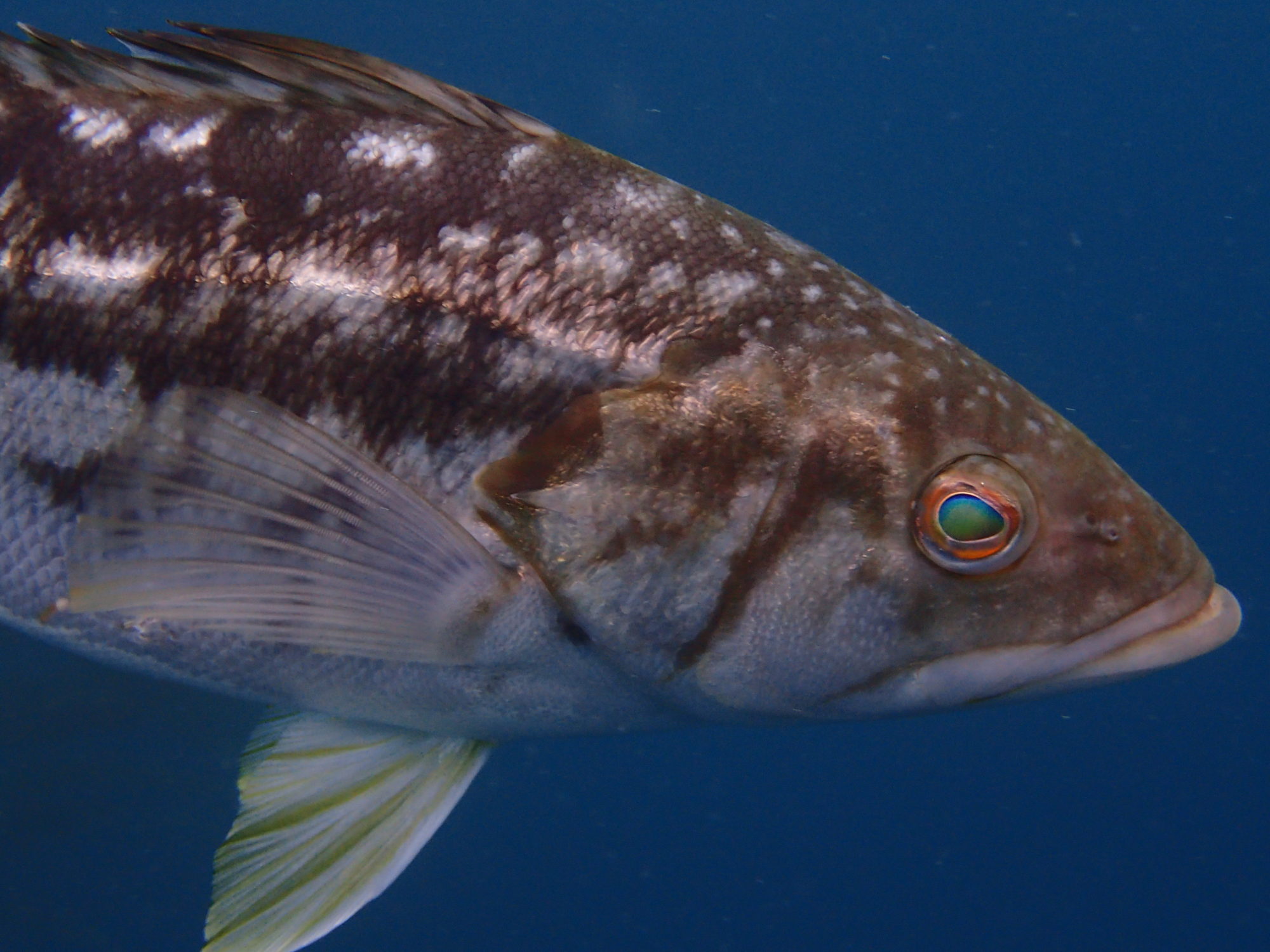Mr. Eric Miller, MS, Principal Scientist and Owner, Miller Marine Science & Consulting, Inc.
Miller Marine Science & Consulting, Inc., or MMSC for short, brings invaluable qualifications to project proponents and operators interacting with the aquatic environments, especially the marine environment. MMSC’s founder, Mr. Eric Miller, is a hands-on manager with nearly 20 years of environmental sciences experience, including more than 30 peer-reviewed scientific studies and hundreds of technical reports. After almost 15 years in the environmental consulting industry, Eric Miller took his experiences and the challenges he saw and anticipated coming in the regulation of aquatic resource utilization and founded Miller Marine Science & Consulting, Inc. in 2018. Over the last decade, Eric observed a steadily growing need of project proponents and operators for consultants who can adeptly respond increasing technical challenges with expert scientific acumen founded on continual learning, a high degree of flexibility in how they approach problems, and willingness to think about challenges in new ways.
Most importantly, he witnessed the need for these skilled scientists to be even better communicators. Communicating the science and study conclusions relevant to the project to both clients and regulators has come to the forefront in the increasingly complex world of environmental regulation. The ability to integrate science and communication, and to do so quickly, reaches its peak value during negotiation meetings between project proponents/operators and regulatory agency staff. This overlap is where Eric has excelled in support of clients over the last decade and continued to do so today.
Over his career, Eric supported the once through-cooled power plant industry (AES, Los Angeles Department of Water and Power, NRG, Duke Energy, Dominion Energy, and Southern California Edison) serving as the project manager for AES, Los Angeles Department of Water and Power, and Southern California Edison (special projects). For each southern California power plant client, Eric managed or was intimately involved with their annual receiving water monitoring that required field sampling, data management, and analysis, and reporting for water quality monitoring, sedimentary analysis for contamination and composition, demersal fish and macroinvertebrate surveys, benthic infauna, and in-plant impingement monitoring. Special studies included (for example) estimating kelp biomass potentially entrained by the cooling water system, characterizing the plankton community susceptible to entrainment by the cooling water system, characterizing the fecal bacteria contamination in a watershed complete with source identification using new molecular techniques, interacting with regulatory representatives during permit renewals, and determining sources of copper contamination. At a national scale, Eric has supported clients with the technical responses in compliance with Section 316(b) of the United States Clean Water Act. Eric’s experience with the power plant industry branched out into servicing, among others, the growing desalination industry, industrial cooling water users, publicly-owned treatment works (wastewater discharges), and the Ports of Los Angeles and Long Beach.
Eric’s Contact
E: ericm”at”millermarinescience.com
P: 562-714-0266
Dr. Larry G. Allen, Professor of Biology and Miller Marine Science & Consulting, Inc. Consulting Scientist
Dr. Allen has been a professor at CSUN since 1982, where he was the recipient of both the university’s Distinguished Teaching Award and the Sigma Xi Distinguished Research Awards. His has mentored over 50 successful Master’s degree students and has taught a wide variety of courses including Introductory Biology, Human Physiology, Vertebrate Biology, Population Biology, Marine Biology, Ichthyology, and the Ecology of Marine Fishes. Dr. Allen also has over 40 years of experience working on the ecology of nearshore marine fishes particularly those which occur in the bays, harbors, and nearshore areas of California. His research efforts since the 1970s have included biogeography and ecology of bay/estuarine and coastal marine fishes off California. Moreover, he acted as the senior editor and authored five chapters in the book, “The Ecology of Marine Fishes: California and Adjacent Waters”, published by UC Press in 2006. In recent years, as part of the Nearshore Marine Fish Research Program (NMFRP), Dr. Allen and his students have been focusing their research on important recreational/commercial species, such as, California halibut, white seabass, giant seabass, yellowtail, kelp bass and sand basses. Studies on age and growth characteristics, reproductive strategies, recruitment dynamics, population genetics and dispersal have been funded by agencies such as the California Department of Fish and Game, National Marine Fisheries Service, Department of the Navy, USC and UC Sea Grant, and Southern California Edison Company.
Dr. Linda Rasmussen, Physical Oceanographer and Miller Marine Science & Consulting, Inc. Consulting Scientist
Dr. Rasmussen received her Ph.D. from Massachusetts Institute of Technology/Woods Hole Oceanographic Institution, Joint Program in Oceanography in 2003. Recently, Dr. Rasmussen has been a researcher at Scripps Institution of Oceanography studying physical processes of inner shelf marine habitats; climate effects on coastal sea level and ocean temperature; inner shelf circulation effects on larval distribution, pollutant dispersion, and buoyant plume transport; and the potential effect of tsunamis on California coastal cities. At Florida State University she studied the effect of groundwater exchange between coastal aquifers and nearshore marine habitats with a combination of extensive field monitoring and analytical modeling. Her approach to research is expressly interdisciplinary with a strong orientation toward employing both field work and modeling solutions.
Dr. Rasmussen has been principal investigator on coastal larval ecology studies funded by the National Science Foundation, and she has been a lead scientist in studies of the La Jolla Area of Special Biological Significance for the City of San Diego, and in observations and analysis leading to the establishment of the Marine Protected Area at the La Jolla Kelp Forest.


